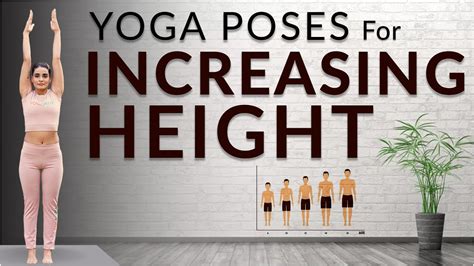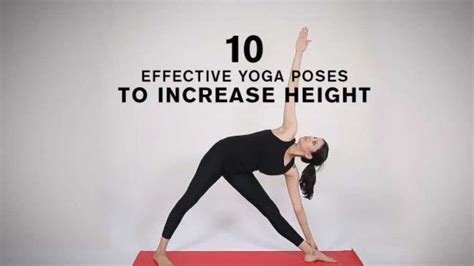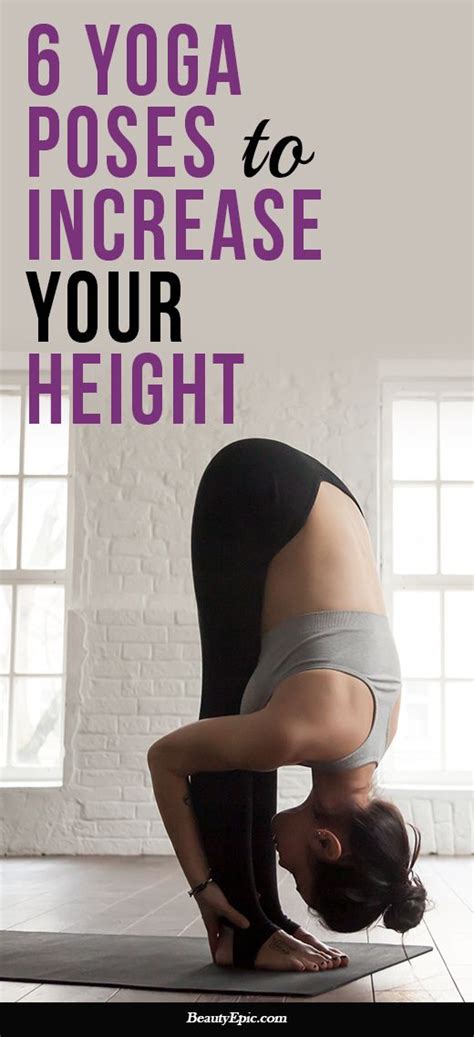As we age, maintaining physical health and wellbeing becomes increasingly important. Calisthenics, a form of exercise that uses body weight for resistance, offers a gentle yet effective way for seniors to stay active and improve their overall fitness. Unlike high-impact workouts, calisthenics exercises are accessible and can be adapted to various fitness levels, making them ideal for older adults. This article explores the benefits of calisthenics for elderly health, presents ten beginner exercises tailored for seniors, and provides guidance on creating a safe and effective routine. Embrace the power of calisthenics to boost your physical health and enhance your quality of life.
ujocis.net will provide a detailed exploration of this topic.
1. Introduction to Calisthenics for Seniors
Calisthenics is a versatile exercise approach that utilizes the body’s own weight as resistance, making it an excellent choice for seniors seeking to improve their fitness levels. Unlike traditional gym workouts that often require specialized equipment, calisthenics exercises are simple and can be performed with minimal or no equipment at all. This makes them particularly accessible for older adults who may have limited space or resources.
For seniors, calisthenics offers a range of benefits. It enhances strength, flexibility, and balance, which are crucial for maintaining independence and reducing the risk of falls. Additionally, calisthenics can improve cardiovascular health and support weight management. Because these exercises can be adapted to different fitness levels, they provide a safe and effective way to engage in physical activity, regardless of one’s starting point.
Incorporating calisthenics into a regular exercise routine helps seniors maintain mobility and functionality, supporting a higher quality of life. By focusing on body weight movements, older adults can build muscle, enhance joint stability, and boost overall physical health without the strain of high-impact exercises.

2. Benefits of Calisthenics for Elderly Health
Calisthenics offers numerous benefits for elderly health, making it a valuable addition to any senior’s fitness routine. One of the primary advantages is improved strength. As we age, muscle mass naturally decreases, which can lead to reduced mobility and increased risk of falls. Calisthenics exercises, such as squats and push-ups, help to build and maintain muscle strength, which supports overall functional independence.
Flexibility and joint mobility are also enhanced through calisthenics. Regular practice of exercises like lunges and stretches can help seniors maintain and even improve their range of motion, reducing stiffness and discomfort associated with aging. This increased flexibility contributes to better balance, further decreasing the risk of falls and injuries.
Another key benefit is cardiovascular health. Many calisthenics exercises are dynamic and can elevate the heart rate, providing a cardiovascular workout that supports heart health and endurance. This is crucial for maintaining a healthy circulatory system and managing weight.
Calisthenics also supports mental wellbeing. Engaging in regular physical activity can boost mood, reduce anxiety, and improve cognitive function. The sense of accomplishment and improvement in physical capabilities can enhance overall quality of life.
Overall, calisthenics provides a comprehensive approach to fitness that addresses strength, flexibility, cardiovascular health, and mental wellbeing, making it an excellent choice for seniors seeking to improve their health and vitality.

3. Top 10 Calisthenics Beginner Exercises
Wall Push-Ups: Stand facing a wall, place your hands on it, and perform push-ups. This exercise strengthens the upper body while being gentle on the joints.
Chair Squats: Using a sturdy chair, lower yourself into a seated position and then stand back up. This helps build leg strength and stability.
Modified Plank: With your knees on the ground, hold a plank position to engage the core without excessive strain.
Step-Ups: Use a step or low platform to step up and down, enhancing leg strength and balance.
Seated Leg Lifts: While seated, extend one leg out straight and hold, then switch legs. This exercise targets the lower abdominal muscles.
Toe Touches: While seated, reach towards your toes to stretch the hamstrings and lower back.
Marching in Place: Lift your knees high while marching in place to improve cardiovascular health and leg strength.
Standing Calf Raises: Stand on your toes and then lower your heels to strengthen the calves.
Side Leg Raises: While lying on your side, lift your top leg to strengthen hip muscles.
Bird Dog: On all fours, extend one arm and the opposite leg, then switch. This exercise improves balance and core strength.

4. Creating a Safe and Effective Calisthenics Routine
Creating a safe and effective calisthenics routine for seniors involves several key considerations to ensure optimal results and minimize the risk of injury.
Start by setting realistic goals based on individual fitness levels and health conditions. It’s essential to begin with low-intensity exercises and gradually increase the intensity as strength and endurance improve. Incorporate a variety of exercises to target different muscle groups and prevent overuse injuries.
Warm-up before starting your routine to prepare the body and reduce the risk of strains. Simple activities like gentle stretching or a few minutes of light marching in place can be effective.
Ensure proper form during exercises to avoid injury and maximize benefits. It may be helpful to consult a fitness professional or follow instructional videos specifically designed for seniors.
Cool down after your workout with stretches to improve flexibility and aid in muscle recovery. Staying hydrated and listening to your body are also crucial. If any exercise causes pain or discomfort, modify or skip it.
Consistency is key. Aim for regular sessions, such as three to five times a week, and integrate calisthenics into daily routines to maintain an
5. **Expert Tips and Recom
For seniors starting a calisthenics routine, expert tips can enhance safety and effectiveness.
Consult a Healthcare Provider: Before beginning any new exercise program, it’s advisable to consult a healthcare provider, especially if you have existing health conditions or concerns.
Start Slow: Begin with basic exercises and gradually increase difficulty as you build strength and confidence. Avoid pushing too hard to prevent injuries.
Focus on Form: Proper technique is crucial to avoid injuries and maximize benefits. Take time to learn correct form for each exercise, and consider working with a fitness professional initially.
Use Modifications: Adapt exercises to fit your fitness level. For example, use a chair for support during squats or modify push-ups to wall push-ups.
Incorporate Rest Days: Allow time for rest and recovery between workouts. This helps prevent overuse injuries and promotes muscle repair and growth.
Stay Hydrated and Nourished: Drink plenty of water and eat a balanced diet to support your fitness routine and overall health.
Listen to Your Body: Pay attention to how your body responds to exercises. If you experience pain or discomfort, stop and reassess your routine or consult a professional.
By following these tips, seniors can create a safe, effective, and enjoyable calisthenics routine that supports their health and wellbeing.
Incorporating calisthenics into a senior’s fitness routine offers numerous benefits, from improved strength and flexibility to enhanced cardiovascular health and mental wellbeing. By starting with beginner exercises, maintaining proper form, and following expert tips, seniors can enjoy a safe and effective workout regimen that supports their ov
ujocis.net

